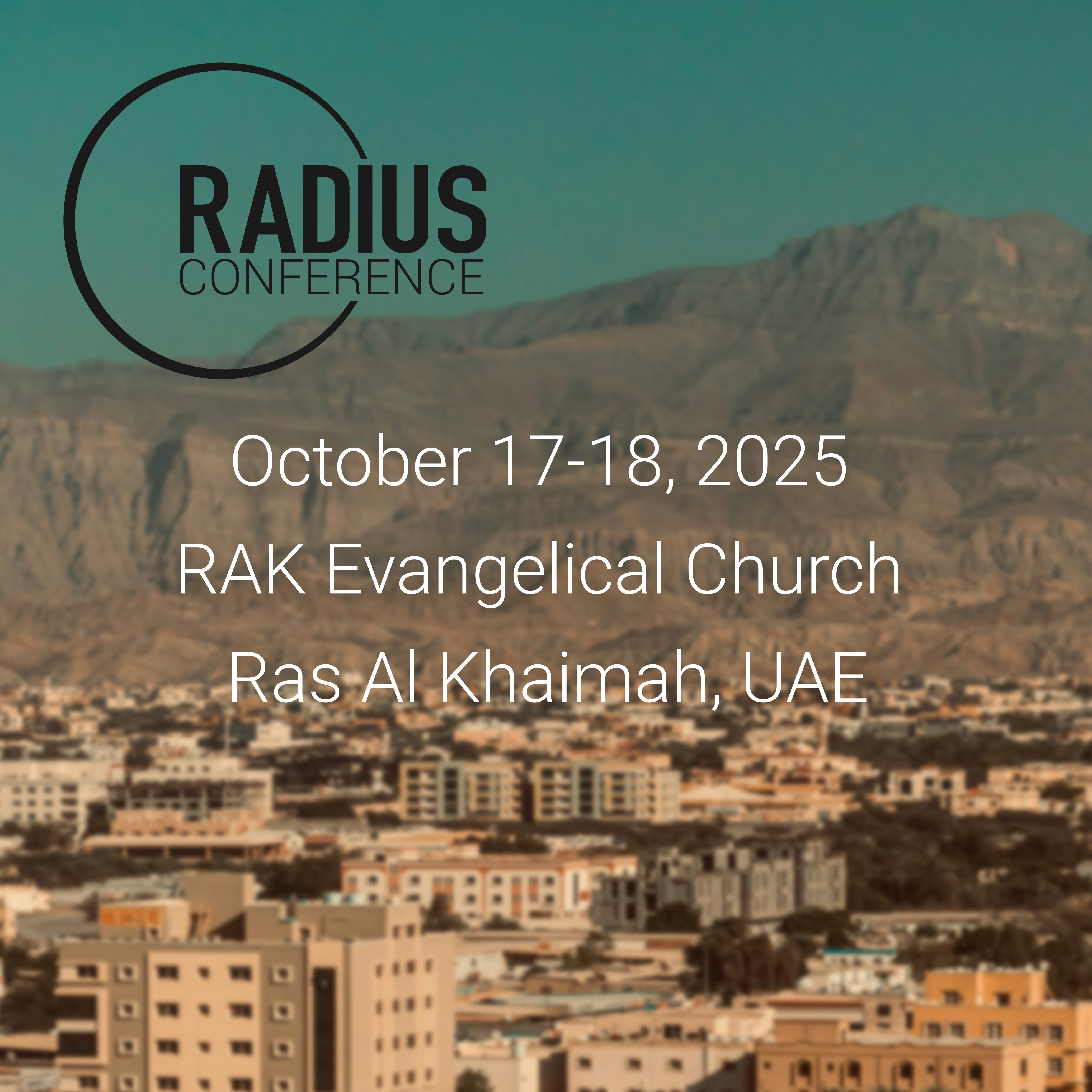This past week I had the privilege of being back among the Yembiyembi people in Papua New Guinea, where my wife and I served for thirteen years. It was a bit of a shock to return to the 107-degree temperatures (at 90% humidity), the rats nibbling on our toes through the mosquito net, and the welcome-home plates of grub worms from the tribal mamas and aunties—a typical Yembiyembi way of showing love. But it was oh-so-sweet to see the church body and her leaders, and to witness firsthand 32 new baptisms. God is good and his church continues to grow even in the furthest corners of the earth.
On my way into Yembiyembi, I heard from some of the field leaders, as well as current and past church planters, about the field realities they are presently wrestling through. There is much to be thankful for as we see new waves of missionaries coming to the Southeast Asia region. But, just as with every generation, this generation faces its own unique challenges. These challenges are a product of their upbringing, implicit expectations, and other factors tied to their home culture.
Before I dive into those issues, though, I want to assure you that this will not be another article where clichés and generalizations about the younger generations get recycled again. I grow weary of hearing that “this generation is more relational,” or “this generation can’t commit,” or—another catchy one—“this generation is really into making a difference” (were not all the others?). Such statements are largely unhelpful.
With that said, here are three realities that we see from current field leaders, experienced church planters, and the hundreds of churches that feed into Radius at some point each year.
- Beware of the lure of comfort.
We all have an inborn desire to not let our flesh see too much pain too often. This is common; this is human. If you look at the data that shows where missionaries have served on the continent of Africa over the past 200 years, it is no mystery as to why the milder climate regions have been evangelized first. In the early years, these more comfortable regions were just as unreached, the doors were open, you had to start somewhere. The problem is that these locations are now reached (according to a Romans 15 definition) and the less-desirable locations are still waiting for missionaries. One field leader on this trip told me of teams choosing locations based on altitude. He said, “If it’s above the mosquito range (Malaria mosquitos rarely go past 2,500 meters in the mountains), it will be in high demand.” While no one likes getting malaria (getting it 15 times while living with the Yembiyembi those 13 years was not on my bucket list), surely this cannot be a significant factor in where someone chooses to plant a cross-cultural church?
While speaking at churches in the U.S., I am occasionally asked about the “short-term” training options Radius offers. If there were a path to plant an indigenous New Testament church among an unreached, unengaged people group—one that didn’t cut corners, didn’t leave the linguistic communication of truth “up to the Holy Spirit” and leave behind the word of God in their language—we would be on it! But no such method exists that will leave us, and the churches that hold us accountable, with a clear conscience. So, we press on in training for the long haul, the one that will take more time, will be more painful, will see slow but continued growth, but by God’s grace, will outlast us all.
Comfort cannot be the highest criteria for choosing where our ambassadors go. It can’t even make it into the Top 10. Where no church existsmust be our clear, compelling criteria. Church leaders and missions committee members—help your candidates see the end goal and resist the allure of a “less painful sacrifice.”
- Technology is no substitute for hard work.
There have been some incredible technological advances in translation and publishing resources, including discourse and orthography software, and apps that help break down languages. These are gifts to the modern-day church planter. My own team benefits from these as we work to produce a diglot (two translations—one in the national language, one in Yembiyembi—of the Bible side by side in one book) for the Yembiyembi church next year. But technology will only take you so far. There are no apps that build friendships, learn another language, or independently produce a readable accurate translation. Despite this, the lure of speed through technology is a powerful temptress.
I remember getting a walk-through of a cluster translation when I was in Africa two years ago and asking some questions of the lead translators about quality and usability. At that point, cluster translations were already known for being incredibly fast and generally poor in quality or poorly tied to church planting. One of the leads took me aside later that afternoon and said, “We know it probably won’t be used, but what do we do now? We’ve raised the money to publish, everyone’s excited that we’ll be done in less than three years. Who knows, maybe God will use it?” Church leader, missions funder—if the speed of church plants or the speed of translations sounds too good to be true… it almost invariably is.
New missionaries and mission leaders living in the West tend to look at technology as a savior of sorts. The implicit thought line is that somehow we got behind in the race to see the Great Commission accomplished, newer and faster tools will get us back in the race. Unfortunately the opposite tends to be true. People who receive a partial gospel are still unreached and someone now has the unenviable task of going in and untangling a syncretized gospel. Translations poorly done have to be redone, and the church that needed the Word languishes if it survives at all. Technology is a great help, but it will only take our gospel ambassadors so far. The bulk of the work will still be done with sweat, the occasional tears and, by God’s grace, persistence over years and years.
- Founding pastors and teachers use your voice.
Each time I visit Yembiyembi (usually once a year), I am reminded by them, and my own common sense, how old I am and how much my body hates the tropics. I don’t sleep well when it’s over 90 degrees and I’m baking in a mosquito net. I don’t do well walking down a steep hill to get to an outhouse at 3:00 a.m., or any other time for that matter. But the value of returning to check on the church we helped plant is off the charts. Paul wrote to the Corinthian church of the unique place he held in their life:
“For though you have countless guides in Christ, you do not have many fathers. For I became your father in Christ Jesus through the gospel.” (I Corinthians 4:15)
Cross-cultural church planter—remember the unique role that God has placed you in. Some are going to the field with idea that ‘I need to get myself and my “westerness” out of the way as soon as possible.’ Yes, there is always the need to be working yourself out of a job in cross-cultural ministry, but don’t abdicate your responsibility as a teacher, trainer, and “father” in the faith at the early, mid and later years of a church’s growth. God gave as gifts to the church pastors, teachers and evangelists (Eph 4:11). As a founding teacher or pastor your voice is uniquely able to correct, rebuke and encourage in a manner that others cannot. Use it! One of the Yembiyembi church leaders, in less eloquent terms, put it this way:
“We see you coming back to us even as your hands grow softer and your baldness grows. We thank Great One (the Lord) that you don’t forget the following group(church) and our bellies sit well(happy) believing that when the walking stick is necessary we will still see your face.”
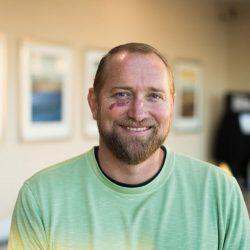
Brooks Buser
President of Radius International
Brooks and his wife Nina planted a church among the Yembiyembi people in Papua New Guinea. Now Brooks serves as the president of Radius International, training future church planters.
 We train individuals, couples, and families who are committed to long-term, pioneer church planting among unreached language groups. RADIUS students acquire spiritual, relational, emotional, and moral maturity as well as the physical stamina that will enable them to survive the rigors of cross-cultural work and life.
We train individuals, couples, and families who are committed to long-term, pioneer church planting among unreached language groups. RADIUS students acquire spiritual, relational, emotional, and moral maturity as well as the physical stamina that will enable them to survive the rigors of cross-cultural work and life.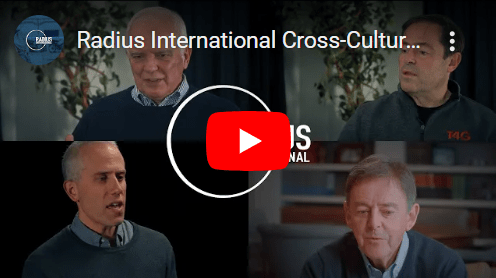
 Do you desire to take the Gospel to those who have never heard and see a healthy church established? Apply today for our immersive training program.
Do you desire to take the Gospel to those who have never heard and see a healthy church established? Apply today for our immersive training program. Are you interested in learning first-hand about RADIUS training and whether or not it is a good fit for you or your people? Join us for RADIUS Days to see campus, sit in on classes, and interact with current students, interns, and staff.
Are you interested in learning first-hand about RADIUS training and whether or not it is a good fit for you or your people? Join us for RADIUS Days to see campus, sit in on classes, and interact with current students, interns, and staff. Come to one of our campuses in Mexico for a week-long, intensive program to serve via various campus work projects, learn more about The Great Commission, and get a taste of what our students experience during their year with us.
Come to one of our campuses in Mexico for a week-long, intensive program to serve via various campus work projects, learn more about The Great Commission, and get a taste of what our students experience during their year with us.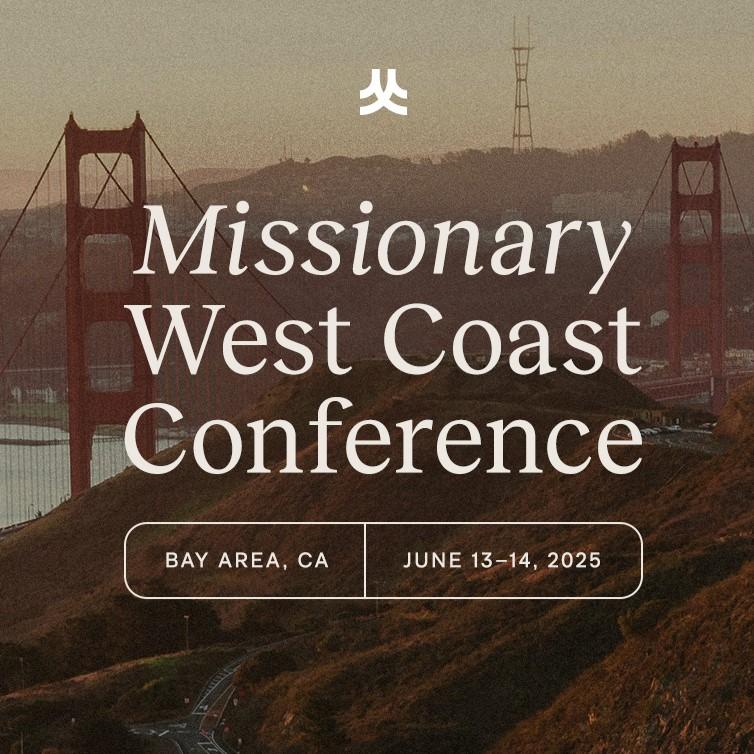 Our friends at Missionary are hosting a conference for young adults and their leaders on June 13-14th, 2025 at NorthCreek Church in Bay Area, CA.
Our friends at Missionary are hosting a conference for young adults and their leaders on June 13-14th, 2025 at NorthCreek Church in Bay Area, CA.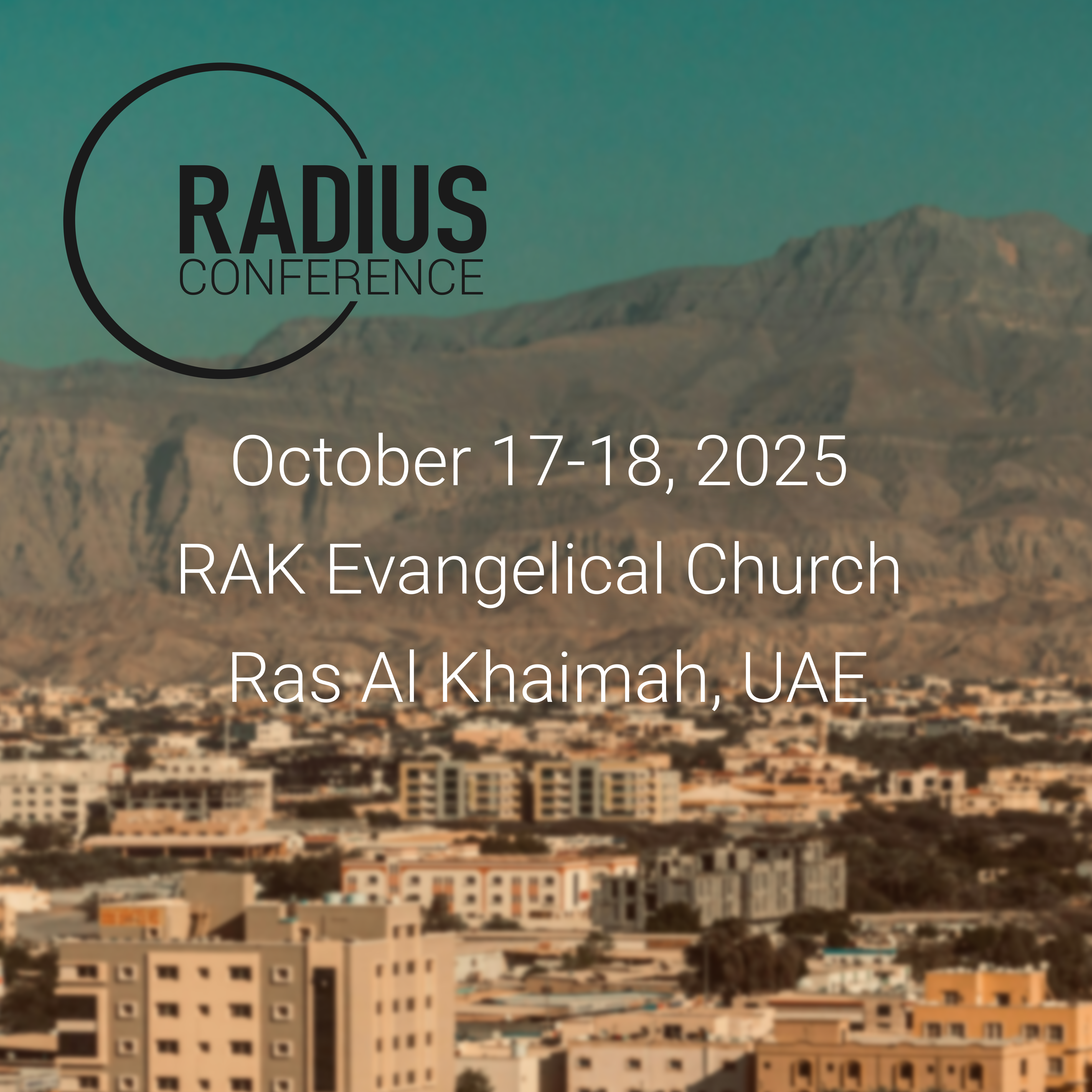 Join us for The Radius Conference on October 17-18th, 2025 at RAK Evangelical Church in Ras AL Khaimah, UAE.
Join us for The Radius Conference on October 17-18th, 2025 at RAK Evangelical Church in Ras AL Khaimah, UAE.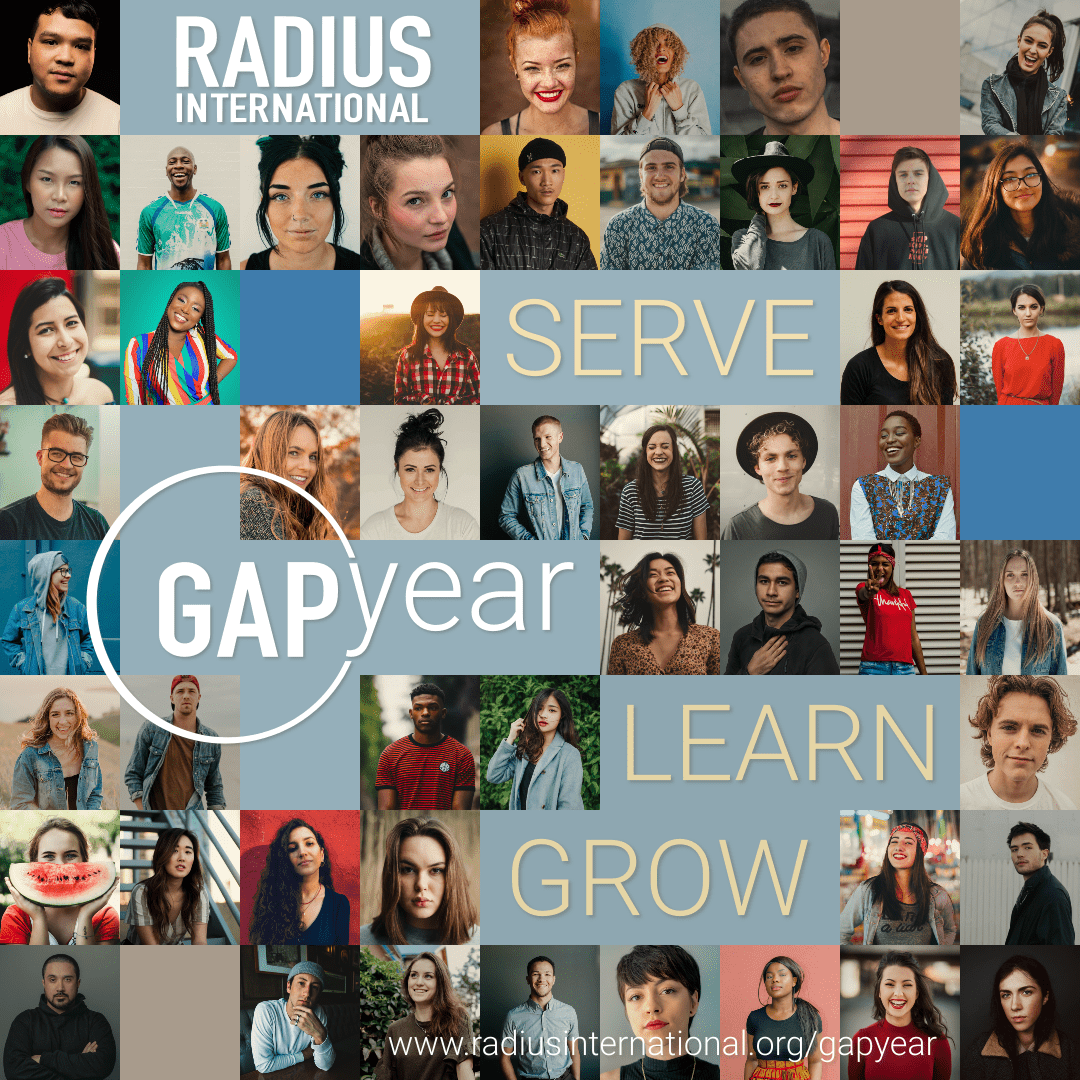 Spend 9 months in Mexico and play a vital role in The Great Commission through serving our staff and students while gaining valuable cross-cultural experience and opportunities to grow in your faith.
Spend 9 months in Mexico and play a vital role in The Great Commission through serving our staff and students while gaining valuable cross-cultural experience and opportunities to grow in your faith. Would you like to join us in our efforts to further the spread of the Gospel in still-unreached places? Support the work of RADIUS International by donating online.
Would you like to join us in our efforts to further the spread of the Gospel in still-unreached places? Support the work of RADIUS International by donating online. Are you or your church interested in giving towards a special missions opportunity? Learn more about some of our current projects.
Are you or your church interested in giving towards a special missions opportunity? Learn more about some of our current projects. Partner with some of our current students by paying their tuition/room & board.
Partner with some of our current students by paying their tuition/room & board. Reimburse RADIUS for on-campus lodging and/or meals.
Reimburse RADIUS for on-campus lodging and/or meals. Check out our blog for recent posts from our staff, alumni, and ministry partners.
Check out our blog for recent posts from our staff, alumni, and ministry partners. Purchase recommended books from our online bookstore at 10ofthose.com.
Purchase recommended books from our online bookstore at 10ofthose.com.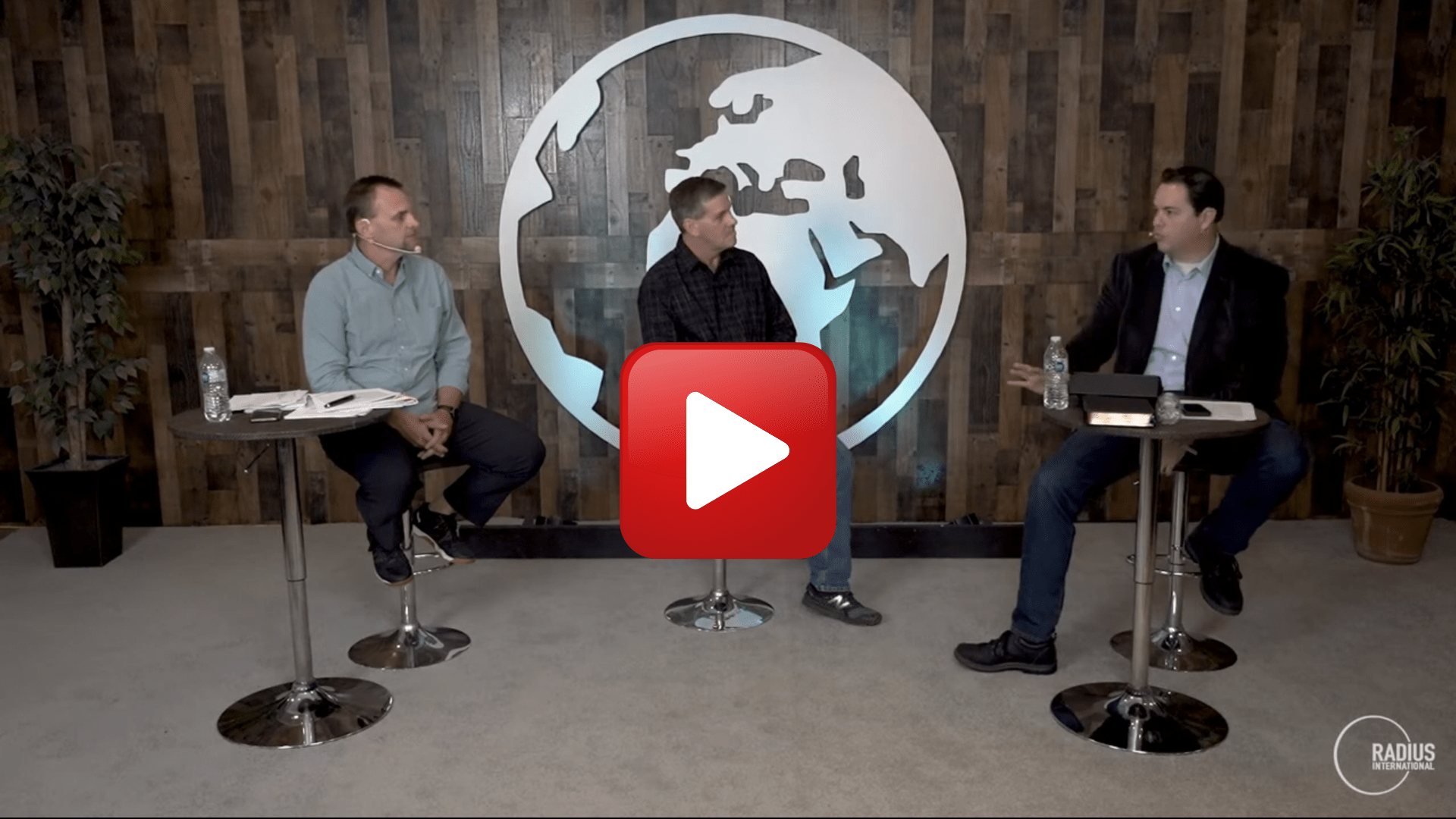
 Do you desire to take the Gospel to those who have never heard and see a healthy church established? Do you think RADIUS might be a good fit for you? Apply today!
Do you desire to take the Gospel to those who have never heard and see a healthy church established? Do you think RADIUS might be a good fit for you? Apply today!
 Interested in working with RADIUS? Learn more about open positions.
Interested in working with RADIUS? Learn more about open positions.


